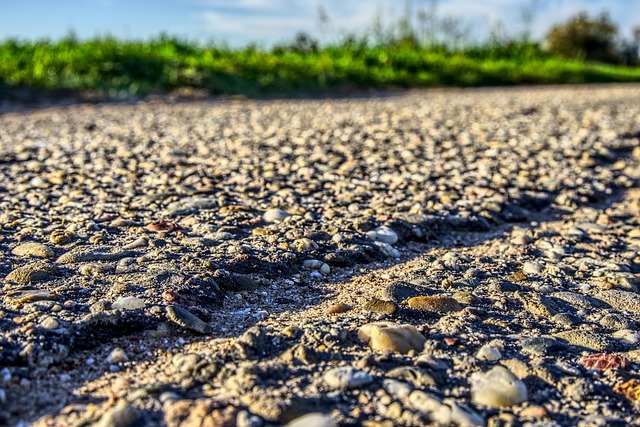Diving Into the Impact: Water Conservation in Extreme Weather
The world as we know it is changing—an unmistakable truth enforced by the escalating frequency and intensity of extreme weather events. From scorching droughts to unexpected floods, our environment is experiencing shifts that are more pronounced than ever. In light of these changes, the imperative for water conservation has taken on a new urgency. Water, a resource we often take for granted, is now at the forefront of discussions about sustainability, climate change, and environmental protection.
Imagine a landscape where once-thriving rivers run dry or where homes are suddenly engulfed by rising waters. These stark realities confront us with the fragility of our ecosystems and the vital need to reassess our relationship with water. Climate change has not only altered weather patterns—it’s threatening the delicate balance of our natural environment. Rainfall that used to be predictable has become erratic, leaving some regions parched while others face unprecedented flooding. This dichotomy underscores the critical importance of effective water conservation strategies.
Extreme weather does not discriminate; it impacts urban and rural areas alike. Agricultural regions suffering from prolonged dry spells lead to dwindling crop yields, threatening food security. Cities battling intense rainstorms and the resultant flooding strain current water management systems, causing widespread disruption. In both scenarios, the underlying issue is clear: our ability to manage water resources effectively is under threat.
To navigate these challenges, a collective shift towards water conservation is essential. Small changes can make a significant impact—whether it’s implementing rainwater harvesting systems, adopting xeriscaping practices in landscaping, or encouraging community awareness about water-saving techniques. Moreover, policymakers must prioritize sustainable water management in their plans to adapt to these extreme weather patterns. This could involve investing in infrastructure that captures and retains rainwater, upgrading sewage systems, and educating the public on the importance of responsible water use.
Furthermore, embracing technology can play a pivotal role in alleviating water scarcity. Advanced irrigation systems that optimize water usage in agriculture, and smart water meters that allow homeowners to monitor their consumption in real-time, are just a couple of examples of how innovation can drive water conservation efforts. As we witness climate change unfold, the integration of technology with our conservation practices will be paramount in combatting the looming water crises.
Ultimately, fostering a culture of water conservation not only benefits individuals and communities but also contributes to resilience against the ferocity of climate-related extremes. By prioritizing this critical resource, we can help safeguard our environment for future generations, ensuring that as we adapt to our changing climate, we do not sacrifice our most vital resource. As we dive deeper into the intricacies of water conservation, it becomes increasingly clear that our future depends on how we respond to these pressing environmental challenges.




